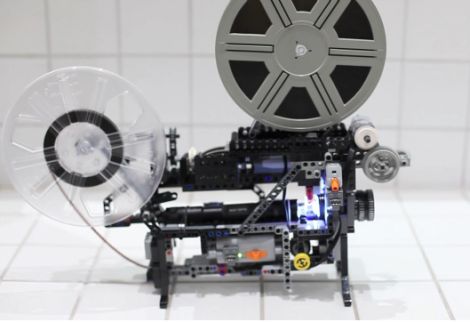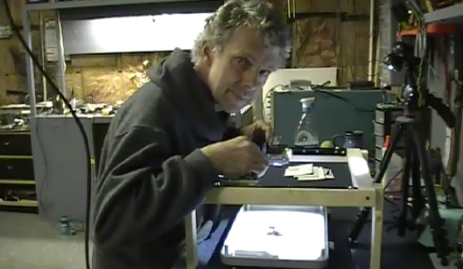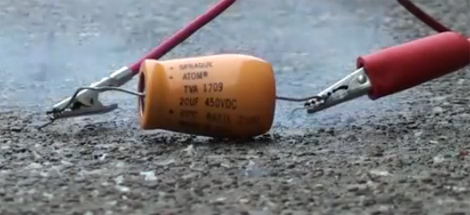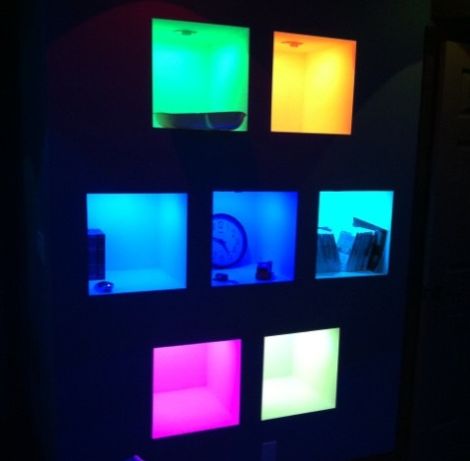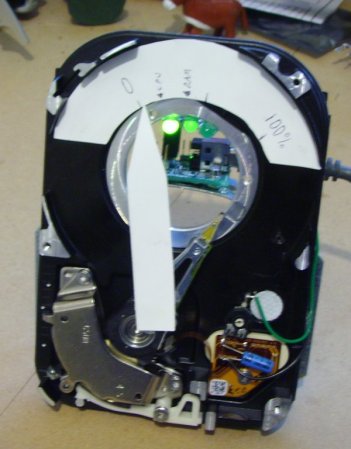
[Ginge] sent in this fun little project. He gave himself 3 hours to complete a hack (not including research time) and managed to come up with this cool activity meter. He handles the entire project like it is some kind of contest. Ground rules are laid out, requiring practicality of the final product, minimum investment, and almost complete use of junk pile pieces.
Using an old hard drive for the frame of the project as well as the “dial” part of the meter, he hacked together a system load/ hdd and proc activity meter. The brains of the project are an AVR and he even implemented some PWM to smoothing things out. He goes into some fair detail on the construction of the thing (was the writeup included in your build time? -50 points!). Even though he’s using a piece that he manufactures and sells (OSIF), you could probably figure out how to do it without.
You can see a video of it in action after the break

